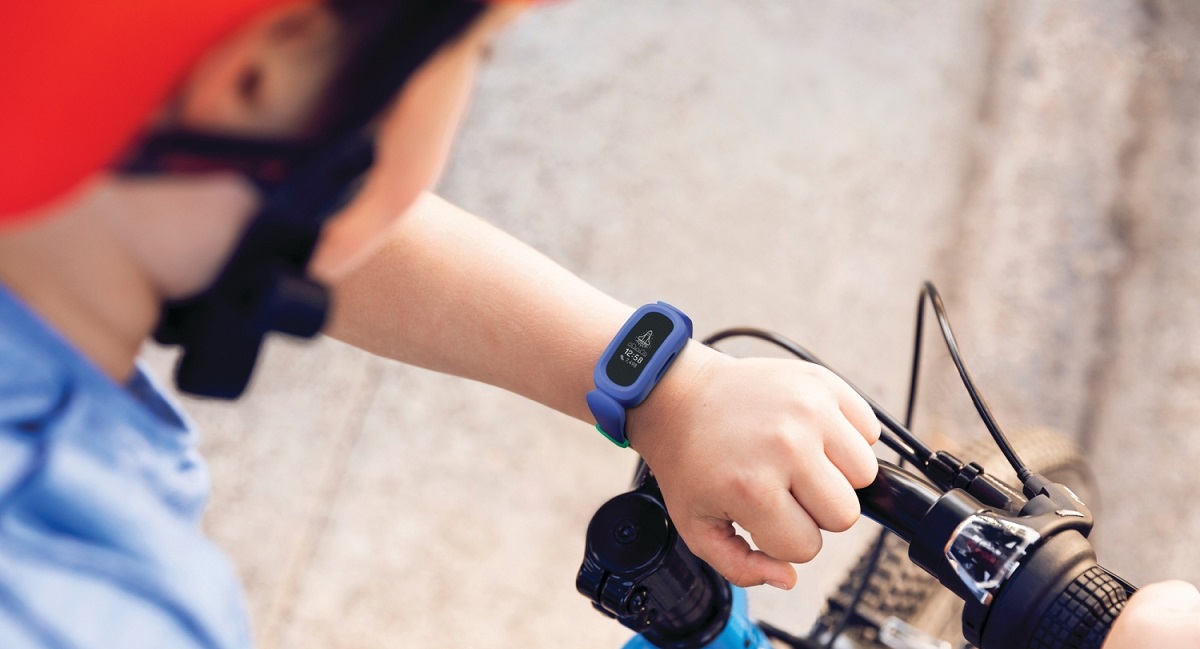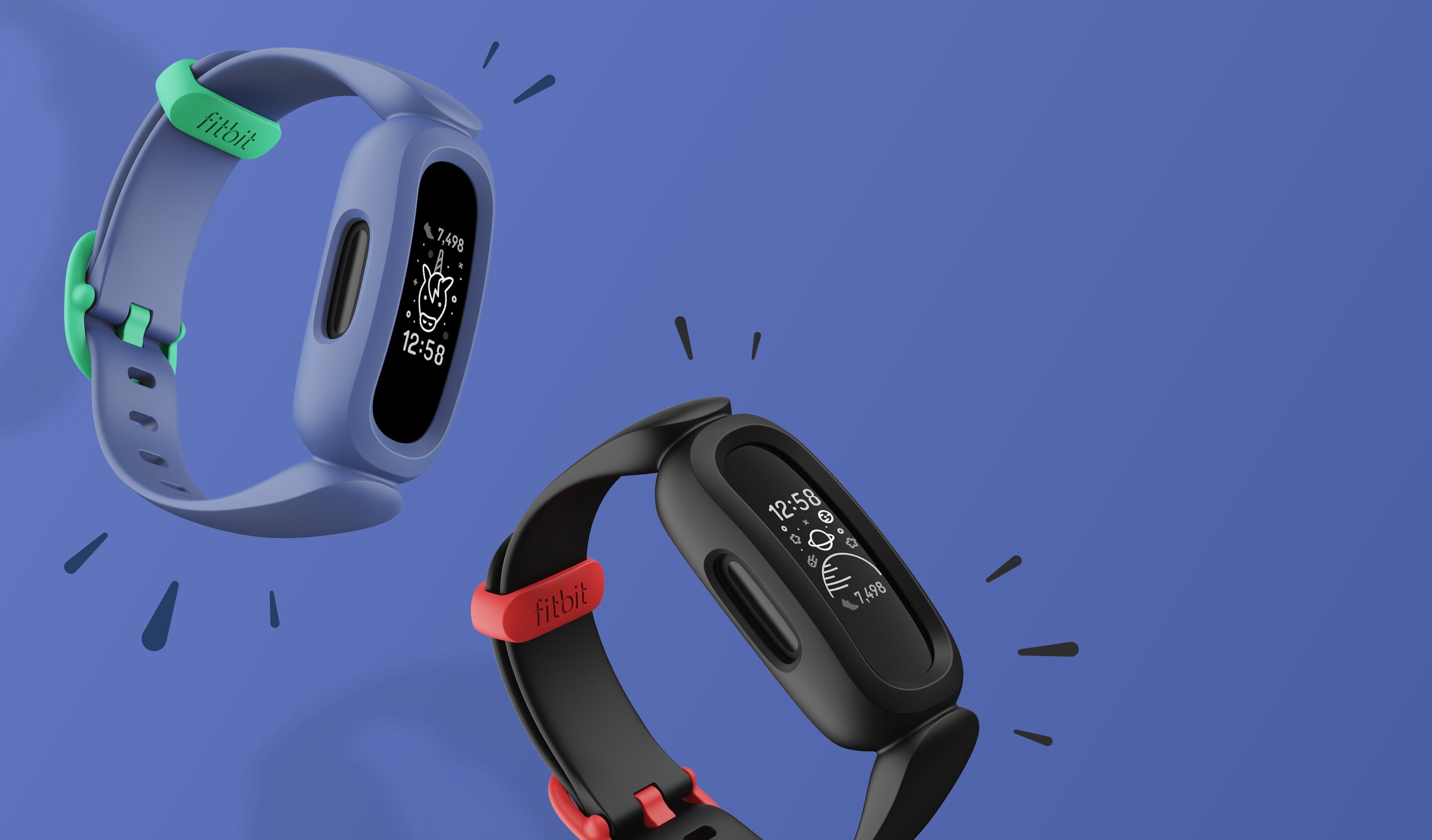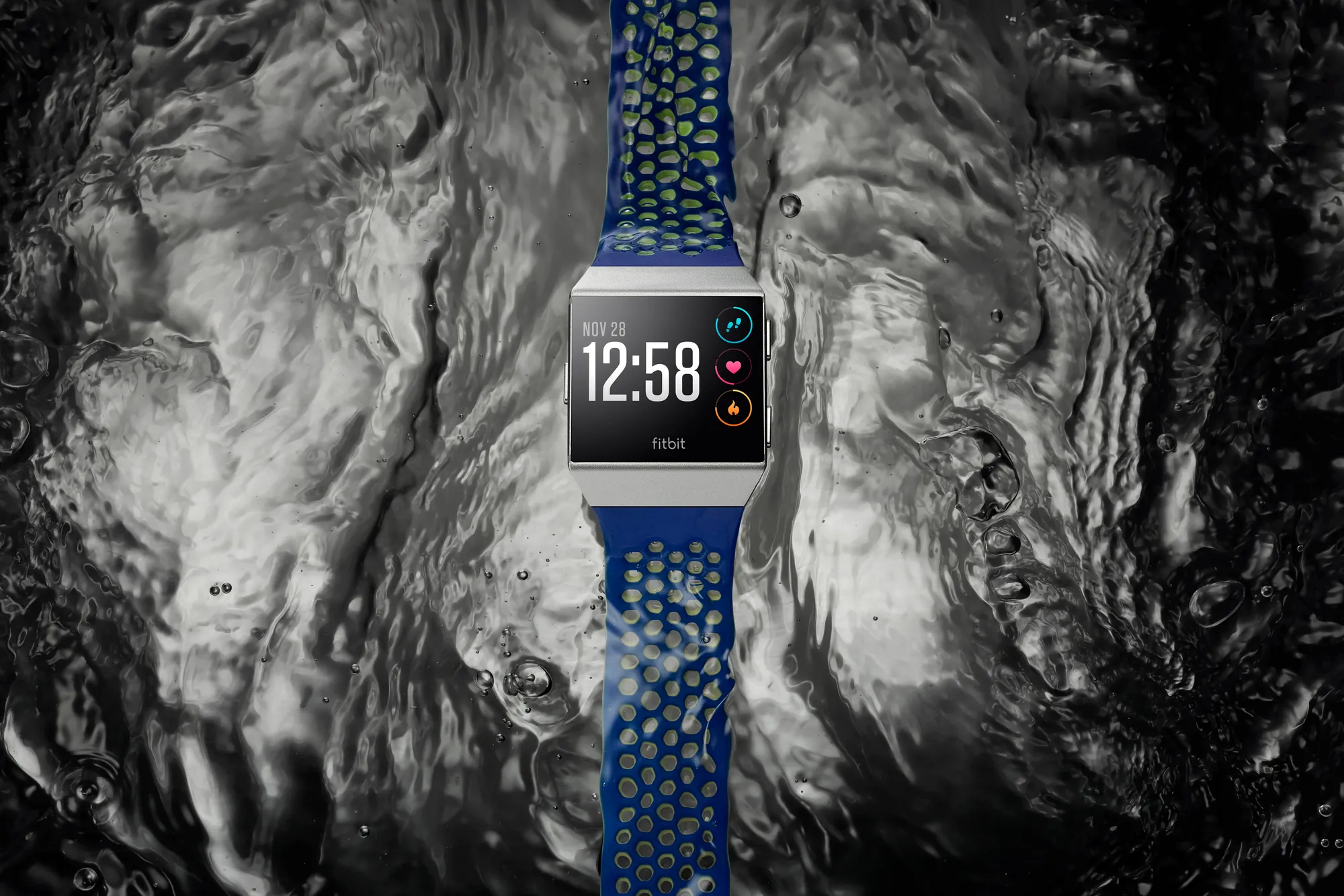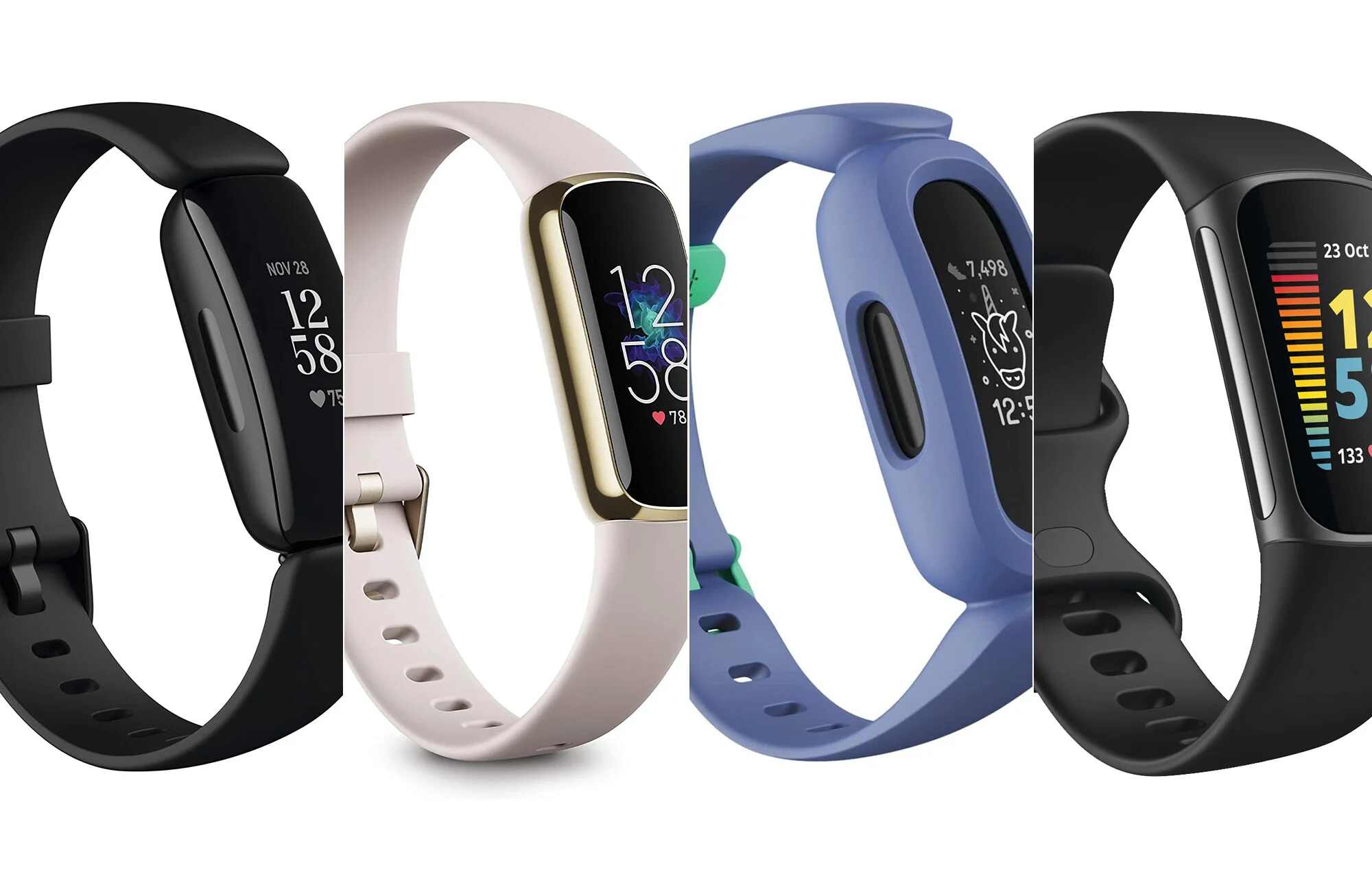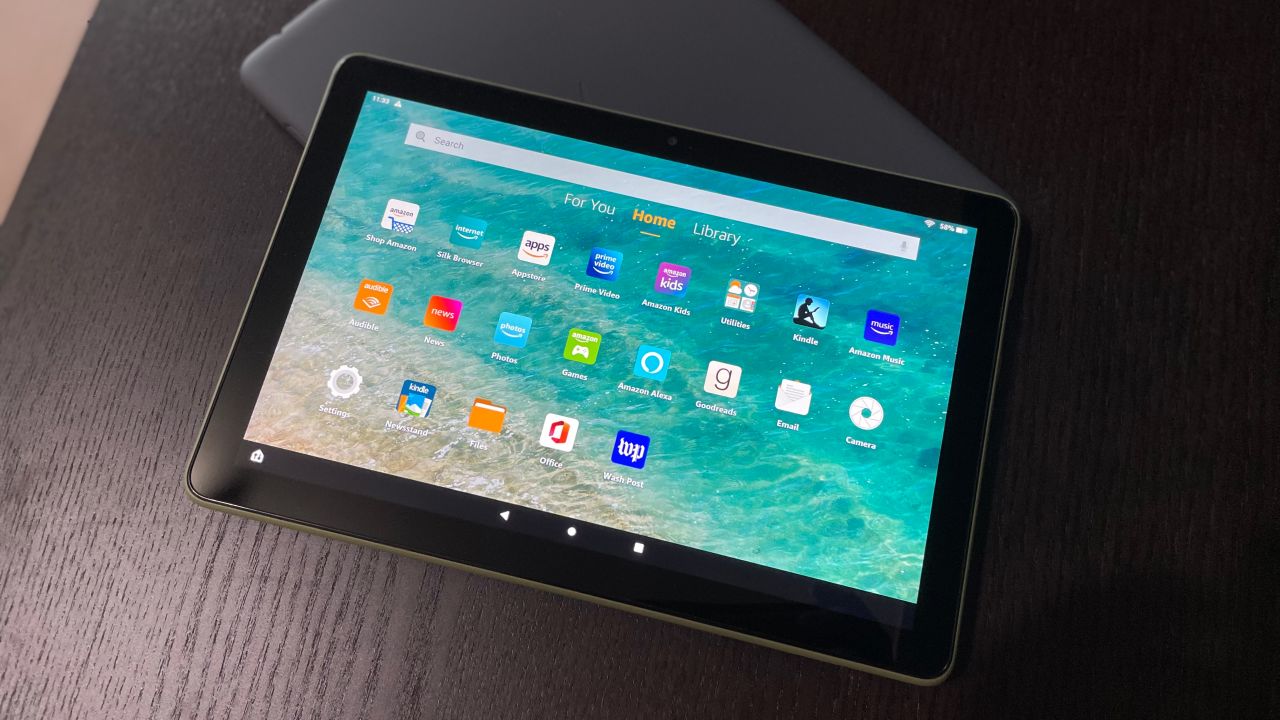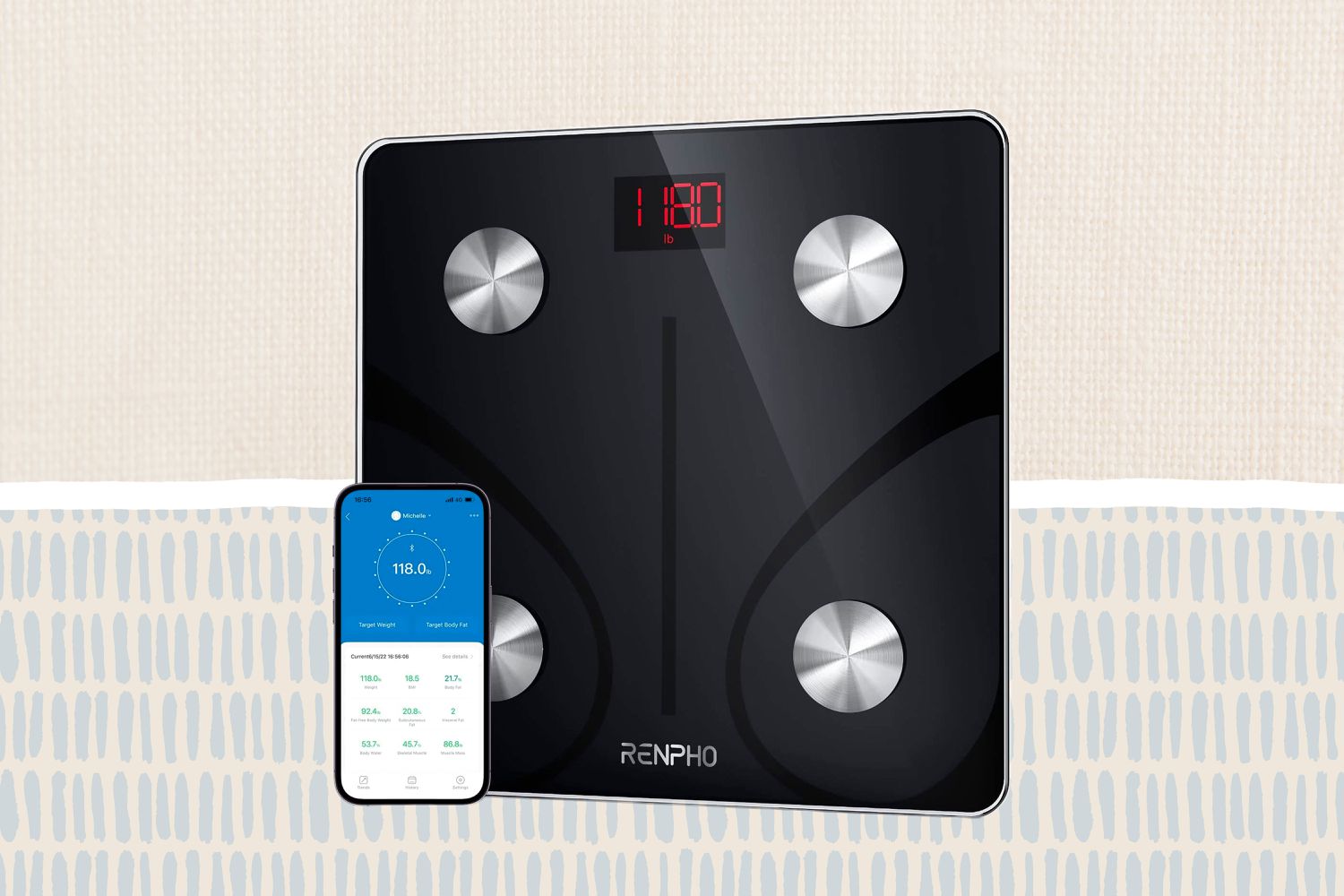Introduction
In today's digital age, the prevalence of sedentary lifestyles among children has become a growing concern for parents and healthcare professionals alike. With the rise of technology, children are spending more time engaging with screens and less time being physically active. This shift has led to an increase in childhood obesity and related health issues. However, the emergence of kid-friendly fitness trackers, such as Fitbit, presents a promising solution to this modern-day challenge.
As parents seek innovative ways to encourage their children to lead more active lifestyles, Fitbit has emerged as a popular choice. Fitbit, a well-known brand in the wearable technology market, offers a range of fitness trackers designed specifically for children. These devices not only monitor physical activity but also provide an interactive and engaging platform to motivate kids to stay active.
In this article, we will delve into the world of kid-friendly fitness and explore the benefits of incorporating Fitbit into a child's routine. We will discuss the importance of fitness for children, the unique features of Fitbit designed for kids, and provide valuable insights into choosing the most suitable Fitbit model for your child. Additionally, we will compare different Fitbit models to help you make an informed decision. Furthermore, we will share tips on how to get kids excited about using a Fitbit, making the journey towards a healthier, more active lifestyle an enjoyable experience for both parents and children.
Join us on this insightful exploration of kid-friendly fitness and the role that Fitbit can play in empowering children to embrace a more active and healthy lifestyle.
Importance of Fitness for Children
Physical fitness is a crucial aspect of a child's overall well-being. In today's digital era, where electronic devices and sedentary activities often take precedence, the significance of promoting physical activity among children cannot be overstated. Engaging in regular physical exercise not only contributes to the development of strong muscles and bones but also plays a pivotal role in enhancing cardiovascular health, improving coordination, and boosting self-esteem.
Regular physical activity is instrumental in combating the rising prevalence of childhood obesity, which has become a pressing global health concern. According to the World Health Organization (WHO), the number of overweight or obese children has risen dramatically in recent decades. This trend is particularly worrisome as it significantly increases the risk of developing chronic health conditions such as diabetes, heart disease, and hypertension during childhood and later in life.
Moreover, physical activity has been linked to cognitive development and academic performance in children. Engaging in regular exercise has been shown to enhance concentration, memory, and overall cognitive function. By encouraging children to be physically active, parents and educators can support their cognitive growth and academic success.
In addition to the physical and cognitive benefits, promoting fitness in children fosters the development of healthy habits that can have a lasting impact into adulthood. Instilling an appreciation for physical activity at a young age can lay the foundation for a lifetime of healthy choices, reducing the risk of chronic diseases in later years.
Furthermore, regular exercise offers an opportunity for children to socialize and develop crucial interpersonal skills. Whether it's playing team sports, participating in group fitness classes, or simply engaging in outdoor activities with friends, physical activity provides a platform for children to build friendships, learn teamwork, and develop essential social skills.
In essence, the importance of fitness for children extends far beyond physical health. It encompasses cognitive development, emotional well-being, and the cultivation of lifelong healthy habits. By prioritizing physical activity in a child's routine, parents and caregivers can empower them to lead healthier, more fulfilling lives both in the present and in the future.
Understanding Fitbit for Children
Fitbit, a leading brand in wearable fitness technology, has extended its product line to cater specifically to children's fitness needs. These kid-friendly Fitbit devices are designed to inspire and motivate children to stay active through engaging features and interactive functionalities. Understanding the unique attributes of Fitbit for children is essential for parents looking to introduce their kids to the world of fitness tracking in a fun and age-appropriate manner.
The Fitbit for children is tailored to suit the needs and preferences of young users. These devices are designed with vibrant and playful aesthetics, appealing to children's sensibilities and making them more inclined to wear and use the tracker regularly. Additionally, the size and fit of these devices are optimized for smaller wrists, ensuring a comfortable and secure wearing experience for kids.
In terms of functionality, kid-friendly Fitbit models offer a range of features that are both entertaining and educational. These devices not only track steps and physical activity but also incorporate interactive games and challenges to keep children engaged and motivated. By gamifying fitness, Fitbit encourages children to view physical activity as an enjoyable and rewarding experience rather than a chore.
Furthermore, Fitbit for children often includes parental controls and family account settings, allowing parents to monitor their child's activity, set goals, and provide encouragement through the Fitbit app. This feature promotes a collaborative approach to fitness within the family, fostering a supportive environment for children to develop healthy habits and achieve their activity targets.
Moreover, some kid-friendly Fitbit models offer educational content on topics such as nutrition, sleep, and overall well-being, providing children with valuable insights into leading a healthy lifestyle. By integrating educational elements into the fitness tracking experience, Fitbit contributes to the holistic development of children, empowering them with knowledge about the importance of balanced nutrition and quality sleep alongside physical activity.
In essence, understanding Fitbit for children entails recognizing its child-centric design, engaging features, and educational components. These attributes collectively position Fitbit as a valuable tool for instilling a love for fitness and well-being in children from an early age, setting the stage for a lifetime of healthy choices and active living.
Features to Look for in a Kid-Friendly Fitbit
When selecting a kid-friendly Fitbit, several essential features should be considered to ensure that the device effectively meets the unique needs of young users. These features are designed to enhance the overall experience of using a fitness tracker while promoting a fun and engaging approach to physical activity.
1. Durability and Water Resistance
A kid-friendly Fitbit should be durable enough to withstand the active lifestyle of children. Look for models that are built to endure rough and tumble play, ensuring that the device remains intact even during energetic activities. Additionally, water resistance is a crucial feature, allowing children to wear the Fitbit during water-based activities or in the event of accidental splashes.
2. Child-Centric Design
The aesthetics and design of the Fitbit should resonate with children, featuring vibrant colors, playful themes, and comfortable materials. A kid-friendly Fitbit should be lightweight and ergonomically designed to fit smaller wrists, ensuring a secure and comfortable fit for young users.
3. Interactive Features
Engaging features such as interactive games, challenges, and rewards make the fitness tracking experience enjoyable for children. Look for Fitbit models that incorporate gamification elements to motivate kids to stay active and achieve their fitness goals in a playful and entertaining manner.
4. Parental Controls and Family Account Settings
Parental controls are essential for monitoring a child's activity and ensuring a safe and controlled digital experience. Family account settings enable parents to set activity goals, provide encouragement, and track their child's progress through the Fitbit app, fostering a collaborative and supportive approach to fitness within the family.
5. Educational Content
Some kid-friendly Fitbit models offer educational content on topics such as nutrition, sleep, and overall well-being. These features provide children with valuable insights into leading a healthy lifestyle, complementing the physical activity tracking with essential knowledge about balanced nutrition and quality sleep.
6. Battery Life
A prolonged battery life is crucial to ensure that the Fitbit remains operational throughout the day, allowing children to track their activity without frequent recharging. Look for models with extended battery life to minimize interruptions in activity tracking.
By prioritizing these features when choosing a kid-friendly Fitbit, parents can select a device that not only tracks physical activity but also inspires and motivates children to embrace a healthier and more active lifestyle in a fun and engaging manner.
Comparison of Different Fitbit Models for Children
When considering a Fitbit for children, it's essential to explore the various models available to determine the most suitable option for your child's needs. Fitbit offers a range of kid-friendly devices, each with unique features and capabilities designed to engage and motivate young users in their fitness journey. Let's compare different Fitbit models for children to understand their distinct attributes and functionalities.
Fitbit Ace 3
The Fitbit Ace 3 is a popular choice for children, featuring a durable and swim-proof design, making it suitable for active kids. With a battery life of up to 8 days, the Ace 3 ensures uninterrupted activity tracking, allowing children to stay motivated without frequent recharging. Its interactive features, including virtual badges and step challenges, make fitness tracking an engaging and rewarding experience for kids.
Fitbit Ace 2
The Fitbit Ace 2 is another kid-friendly model known for its robust design and child-centric aesthetics. It is equipped with a comfortable and adjustable silicone band, ensuring a secure fit for smaller wrists. The Ace 2 offers animated clock faces and step celebrations, adding an element of fun to the fitness tracking experience. With a battery life of up to 5 days, the Ace 2 provides reliable activity monitoring for children.
Fitbit Ace
The Fitbit Ace, an earlier model in the Fitbit for kids lineup, boasts a slim and stylish design tailored for children. It features a user-friendly interface and tracks steps, active minutes, and sleep duration, providing comprehensive insights into a child's daily activity and rest patterns. The Ace encourages healthy competition among kids with its step challenges and rewards, fostering a sense of accomplishment and motivation.
Fitbit Zip
The Fitbit Zip is a compact and versatile activity tracker suitable for older children and teenagers. With a simple clip-on design, the Zip can be easily attached to clothing or backpacks, allowing for discreet activity tracking. It measures steps, distance, and calories burned, providing essential metrics for monitoring physical activity. The Zip's long battery life and intuitive display make it a practical choice for independent young users.
Fitbit Flex 2
The Fitbit Flex 2 offers a sleek and swim-proof design, making it ideal for children who enjoy water-based activities. With automatic exercise recognition and swim tracking, the Flex 2 caters to active kids who participate in a variety of physical pursuits. Its slim profile and customizable accessories add a touch of personalization, allowing children to express their style while staying active.
By comparing the different Fitbit models for children, parents can make an informed decision based on their child's preferences, activity level, and specific requirements. Each Fitbit model offers unique features aimed at inspiring children to embrace a more active and healthy lifestyle, contributing to their overall well-being and development.
Tips for Getting Kids Excited About Using a Fitbit
Introducing children to the concept of fitness tracking through a Fitbit can be an exciting and rewarding experience. By incorporating creativity and enthusiasm, parents can ignite their child's interest in using a Fitbit, transforming the journey towards a healthier lifestyle into an enjoyable adventure. Here are some valuable tips to inspire kids and get them excited about using a Fitbit:
1. Set Achievable Goals
Encourage children to set achievable daily or weekly activity goals using their Fitbit. Whether it's reaching a certain number of steps, completing a specific active minutes target, or aiming for a daily step streak, setting attainable goals can instill a sense of accomplishment and motivation in children.
2. Engage in Family Challenges
Create fun and friendly fitness challenges within the family using the Fitbit app. Whether it's a weekend step challenge, a family dance-off, or a backyard scavenger hunt, involving the entire family in fitness activities fosters a supportive and collaborative environment, making fitness tracking a shared and enjoyable experience.
3. Personalize the Fitbit
Allow children to personalize their Fitbit by selecting their favorite clock faces, bands, or accessories. Personalization adds a sense of ownership and pride, making the Fitbit feel like a unique and special device tailored to the child's preferences and style.
4. Explore Interactive Features
Encourage kids to explore the interactive features of their Fitbit, such as virtual badges, celebratory animations, and in-app challenges. These engaging elements transform fitness tracking into a playful and rewarding experience, motivating children to stay active and achieve their goals.
5. Celebrate Milestones
Celebrate milestones and achievements with enthusiasm. Whether it's reaching a step milestone, completing a certain number of active minutes, or consistently achieving daily goals, celebrating these accomplishments reinforces the value of physical activity and encourages children to continue their fitness journey.
6. Incorporate Playful Activities
Integrate playful activities into the fitness tracking experience. Whether it's organizing a backyard obstacle course, going on nature walks, or engaging in active playtime, associating fitness with fun and enjoyable activities creates a positive association that encourages kids to embrace an active lifestyle.
7. Lead by Example
Serve as a positive role model by participating in physical activities and using a Fitbit alongside your child. Demonstrating your own commitment to fitness and wellness not only sets a powerful example but also creates opportunities for shared activities and bonding experiences.
By implementing these tips, parents can foster a sense of excitement and enthusiasm in children about using a Fitbit, transforming fitness tracking into a fun and rewarding endeavor that promotes a lifelong appreciation for physical activity and well-being.
Conclusion
In conclusion, the integration of kid-friendly Fitbit devices into children's daily routines presents a transformative approach to promoting physical activity and instilling healthy habits from an early age. The importance of fitness for children cannot be overstated, considering its profound impact on physical health, cognitive development, emotional well-being, and the cultivation of lifelong healthy behaviors.
Fitbit for children offers a compelling solution to the challenges posed by sedentary lifestyles and the increasing prevalence of childhood obesity. By understanding the unique features and functionalities of kid-friendly Fitbit models, parents can empower their children to embrace a more active and balanced lifestyle in a fun and engaging manner.
The key features to consider when selecting a kid-friendly Fitbit, including durability, interactive capabilities, parental controls, and educational content, serve to enhance the overall fitness tracking experience for children. Furthermore, the comparison of different Fitbit models provides valuable insights into the diverse options available, allowing parents to make informed decisions based on their child's preferences and activity level.
Moreover, the tips for getting kids excited about using a Fitbit underscore the importance of fostering enthusiasm and creativity in promoting physical activity. By setting achievable goals, engaging in family challenges, personalizing the Fitbit, and celebrating milestones, parents can inspire their children to view fitness tracking as an enjoyable and rewarding endeavor.
The journey towards a healthier lifestyle is further enriched by the interactive and educational features of Fitbit for children, which not only track physical activity but also provide valuable insights into nutrition, sleep, and overall well-being. By gamifying fitness and integrating educational elements, Fitbit contributes to the holistic development of children, empowering them with knowledge and motivation to lead healthier lives.
Ultimately, the incorporation of Fitbit into a child's routine transcends mere activity tracking; it fosters a positive and supportive environment within the family, promoting collaboration and shared experiences in the pursuit of wellness. By leading by example and participating in fitness activities alongside their children, parents can reinforce the value of physical activity and create lasting memories of shared fitness endeavors.
In essence, the utilization of kid-friendly Fitbit devices serves as a catalyst for instilling a love for physical activity, nurturing healthy habits, and fostering a positive attitude towards overall well-being in children. By embracing the innovative and interactive world of Fitbit, parents can empower their children to embark on a journey of health, wellness, and active living, laying the foundation for a future filled with vitality and resilience.







